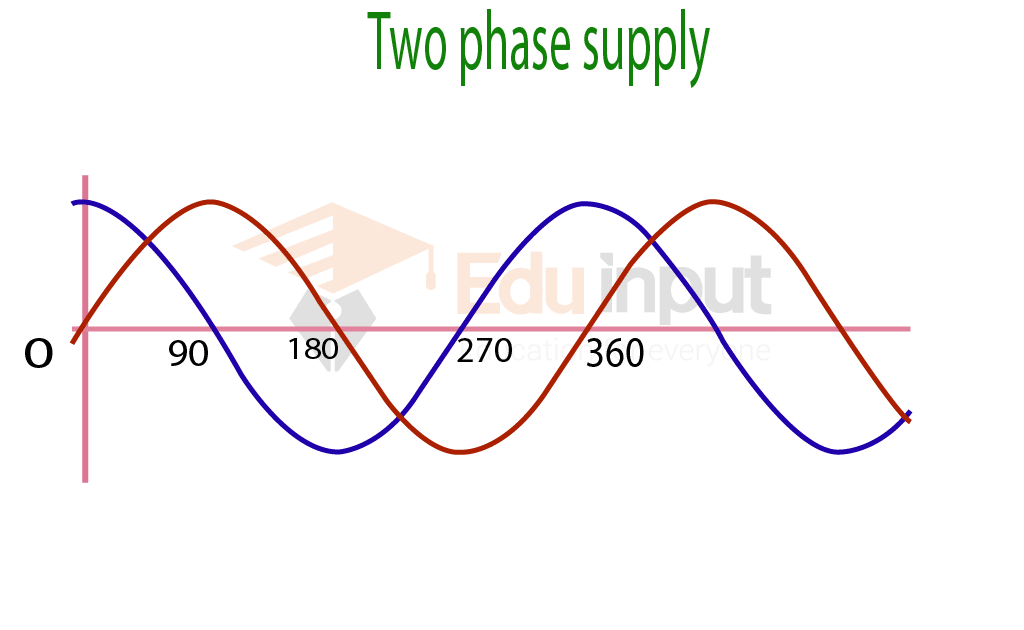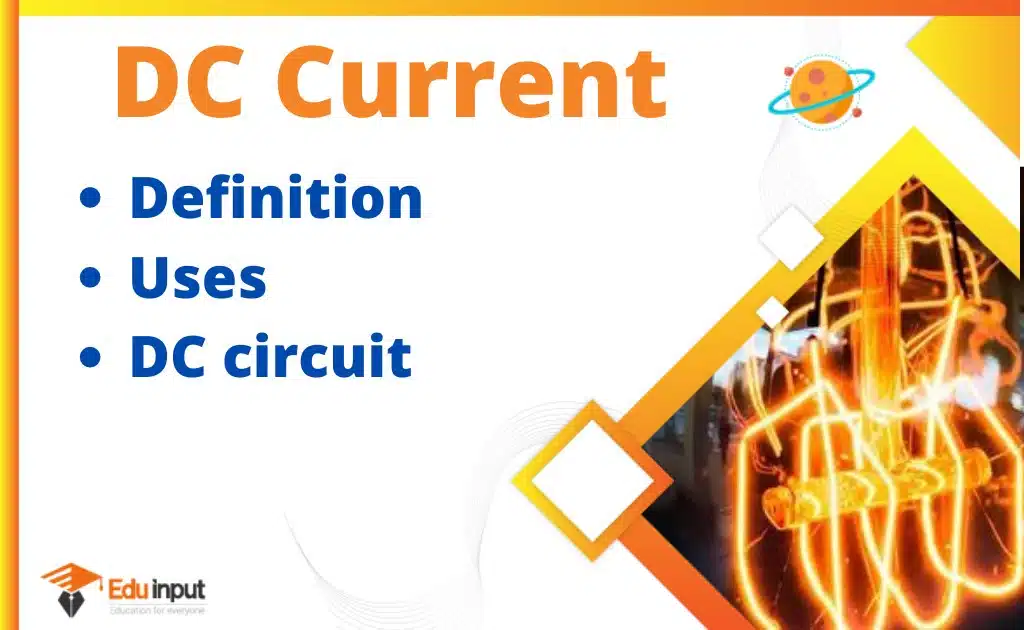Two-Phase Electric Power | Difference Between Two-Phase and three-phase power
The difference between two-phase electric power and single-phase is that two-phase has an alternating current with two wires. In the typical power setup in households consists of two 120 V power wires, phase A and phase B, which are out of phase by 180 degrees.
Two-phase Electric Power
The early 20th-century polyphase alternating current electric power distribution system was known as two-phase electrical power. One-quarter of a cycle, 90, is the difference between the voltage phases of the two circuits. Usually, the circuits used four wires and two wires for each phase. Three wires were used, with a common wire with a larger diameter conductor. Some early two-phase electric power Ac generators had two complete rotor and field assemblies with windings that were physically offset to provide two-phase power.

Difference Between Two-Phase and single-phase power
The advantage of two-phase electrical power over single-phase was that it allowed for simpler, self-starting electric motors. It was not until the invention of the method of symmetrical components in 1918 that polyphase power systems had a convenient mathematical method. The revolving magnetic field produced with a two-phase system allowed electric motors to provide Torque from zero motor speed, which was not possible with a single-phase motor (without an additional starting means).
Motor designs for two-phase operation use the same winding configuration as single-phase designs. The impedances of the two windings are the same in a two-phase induction motor. A two-phase circuit has the advantage of constant combined power into an ideal load, whereas a single-phase circuit has the advantage of zero crossings of voltage and current.
Difference Between Two-Phase and three-phase power
It has replaced two-phase power for commercial distribution of electrical energy, but two-phase circuits since require less conductor mass for the same voltage and overall power. Two-phase circuits usually use two separate pairs of conductors. A larger conductor is required if three wires are used because the common conductor carries the phase currents.
The neutral wires can be eliminated because of the zero-sum of balanced three-phase currents. In electrical power distribution, a requirement of only three conductors, rather than four, represented considerable distribution-wire cost savings due to the expense of conductors and installation. While both two-phase and three-phase circuits have constant combined power for an ideal load, practical devices such as motors can suffer from power pulsations in two-phase systems.
Two-phase power can be derived from a three-phase source using two transformers in a Scott connection: one transformer primary is connected across two phases of the supply. The second transformer is connected to the center tap of the first transformer and is wound for 86.6% of the phase-to-phase voltage on the three-phase system. A balanced two-phase load will be evenly balanced over the three supply phases because the secondaries of the transformer will have two phases 90 degrees apart in time.







Leave a Reply